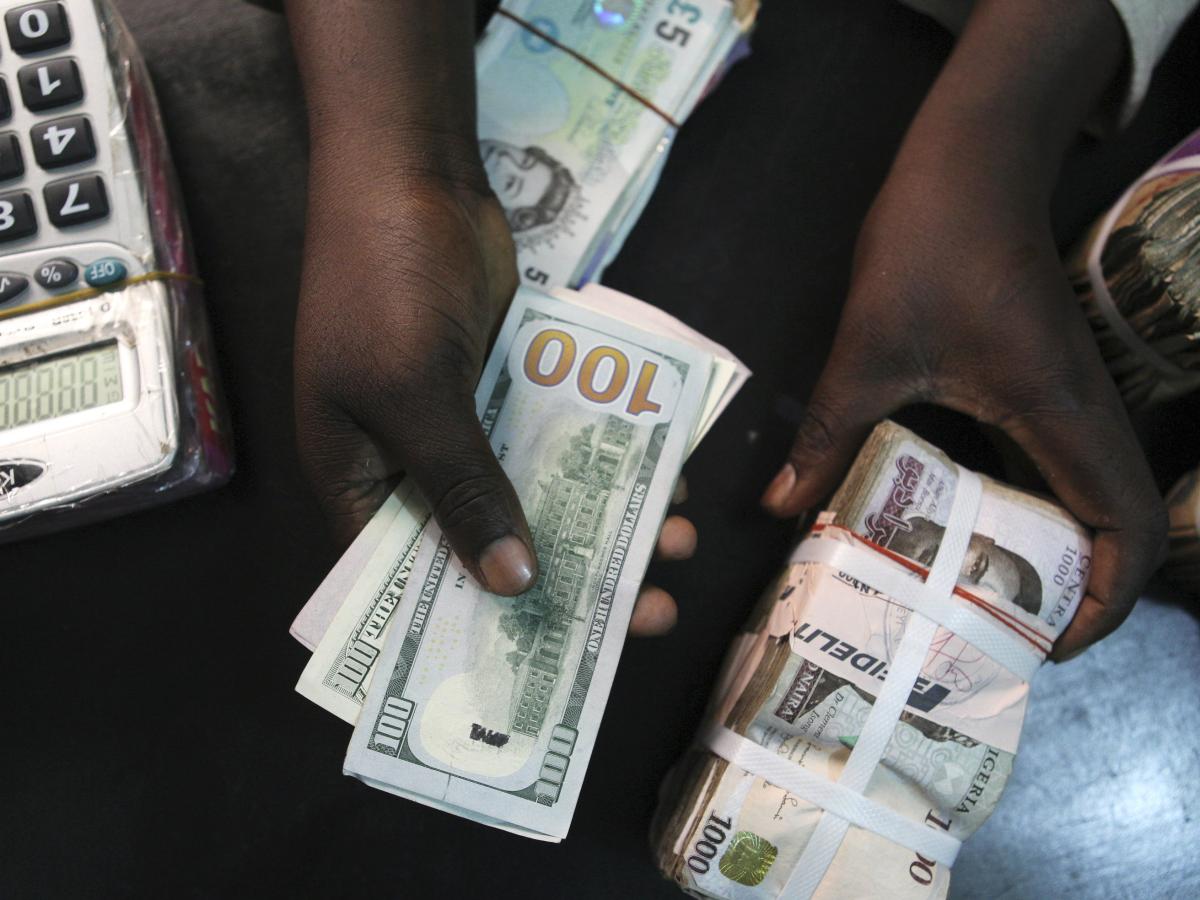To the average Nigerian, the intricacies of bank risk management might seem distant from daily life. However, the robustness of our banks’ risk frameworks directly impacts every facet of our economy, from the interest rates on savings account to the availability of loans for small businesses.
As a risk specialist who has navigated the complexities of both Nigerian and United States financial institutions for almost a decade, I’ve observed the evolution of the Nigerian banking sector—from the tumultuous consolidation era of 2004-2005 to the current digital renaissance.
Today, I focus on a critical yet often misunderstood aspect of financial stability: stress testing. Stress testing, in essence, is the financial equivalent of crash-testing a car—it ensures our banks can withstand severe economic collisions without crumbling.
Nigerian Banking Landscape: A Unique Ecosystem
Before delving into the specifics of stress testing, it’s crucial to understand the unique characteristics of Nigeria’s banking sector. Despite having 43 licensed deposit money banks, the sector is dominated by a handful of institutions. As of 2023, the top five banks—often referred to as FUGAZ (First Bank, UBA, GT Bank, Access Bank, and Zenith Bank)—controlled over 60% of the sector’s assets. This concentration magnifies the importance of robust risk management, as the failure of any one of these institutions could have catastrophic ripple effects.
Regulatory Evolution: The Central Bank of Nigeria (CBN) has made significant strides in aligning our regulatory framework with global standards. The implementation of Basel II and III capital requirements, alongside the introduction of the Internal Capital Adequacy Assessment Process (ICAAP), has elevated the sophistication of risk management practices. However, challenges in implementation and supervision persist.
Economic Volatility: Nigeria’s economy, heavily reliant on oil exports, is subject to boom-and-bust cycles that directly impact bank performance. The 2016 recession and the more recent COVID-19-induced economic contraction in 2020 underscore the need for banks to be prepared for sudden, severe downturns.
Currency Risk: The managed float regime of the naira, coupled with periodic devaluations and foreign exchange scarcity, introduces a unique layer of complexity to risk management. Banks must constantly hedge against potential currency shocks that could erode their capital base and impact the creditworthiness of import-dependent borrowers.
Sectoral Vulnerabilities: Key sectors of the Nigerian economy, such as oil and gas, power, and telecommunications, represent significant concentrations in bank loan portfolios. The performance of these sectors can swing dramatically based on global commodity prices, regulatory changes, or technological disruptions.
Emerging Fintech Challenge: The rapid rise of fintech companies and payment service banks is reshaping the competitive landscape. Traditional banks are facing pressure on their fee-based income streams and must innovate to retain market share.
Informal Economy Dynamics: With a substantial portion of economic activity occurring in the informal sector, banks face unique challenges in credit assessment and risk modeling. The lack of formal financial records for many businesses and individuals necessitates innovative approaches to credit scoring and risk evaluation.
Credit Risk in the Nigerian Context
Credit risk remains the most significant threat to Nigerian banks’ balance sheets. The non-performing loan (NPL) ratio, while improved from the crisis levels of 2016-2017, still hovers around 4.5% as of February 2024. This improvement is partly due to regulatory interventions, such as the establishment of AMCON (Asset Management Corporation of Nigeria) and more stringent loan loss provisioning requirements. However, several factors complicate credit risk management:
Concentration Risk: Many banks have significant exposures to single obligors or sectors. For instance, the oil and gas sector alone accounted for about 39% of fresh loans issued in the first half of 2023.
Foreign Currency Exposures: A substantial portion of loans, especially to the oil and gas and manufacturing sectors, are denominated in foreign currencies. Currency devaluations can rapidly increase the debt burden on borrowers, potentially leading to defaults.
Collateral Valuation: In a country where land is often used as collateral, the absence of a centralized and up-to-date land registry system complicates accurate collateral valuation and liquidation in case of default.
Political and Regulatory Risk: Government policies, such as the recent redesign of the naira or changes in import restrictions, can suddenly alter the business landscape for borrowers, impacting their ability to repay loans.
Market Risk: Navigating Volatile Waters
Market risk in Nigeria is characterized by high volatility across various asset classes:
Interest Rate Risk: The CBN’s monetary policy decisions, often influenced by inflation management goals, can lead to significant fluctuations in interest rates. This impacts both the trading book through bond valuations and the banking book through net interest margins.
Foreign Exchange Risk: The multiple exchange rate regime, periodic devaluations, and FX scarcity create a complex environment for managing currency exposures. Banks must navigate between official rates, NAFEX (Nigerian Autonomous Foreign Exchange Rate Fixing) rates, and parallel market rates.
Equity Risk: The Nigerian Stock Exchange, while growing in sophistication, remains relatively illiquid and prone to sharp movements, especially in bank stocks which form a significant portion of the market capitalization.
Commodity Risk: Given Nigeria’s dependence on oil exports, fluctuations in global oil prices have outsized impacts on the overall economy and, by extension, bank performance.
Stress Testing: Best Practices for Nigerian Banks
Given this complex risk environment, stress testing becomes both a regulatory requirement and a vital tool for strategic decision-making. Nigerian banks can further control their destinies by paying more attention to stress testing. Here are my suggested best practices tailored to the Nigerian context:
Scenario Design with Local Relevance:
Oil Price Shocks: Model scenarios with oil prices dropping to $30 or even $20 per barrel, considering the impact on government revenues, forex availability, and sectoral performance.
Currency Devaluation: Test for sudden naira devaluations of 20-30%, analyzing the impact on foreign currency-denominated loans and import-dependent sectors.
Interest Rate Spikes: Model scenarios where the Monetary Policy Rate (MPR) increases by 500-1000 basis points, as seen during periods of high inflation.
Sector-Specific Shocks: Develop scenarios around regulatory changes in key sectors like telecommunications (e.g., SIM card regulations) or fintech (e.g., cryptocurrency restrictions).
Integrated Stress Testing:
Combine market and credit risk factors to capture second-order effects. For instance, how an FX shock impacts the creditworthiness of import-dependent borrowers.Incorporate operational risk elements, such as the impact of prolonged power outages or cyber-attacks, which are feasible in Nigeria.
Granular Portfolio Analysis:
Conduct stress tests at a highly granular level, considering regional and sector-specific impacts. For example, how a drought might affect agricultural loans in northern Nigeria differently from those in the south.
Analyze the impact on different customer segments, from micro-enterprises to large corporates, as their resilience to economic shocks varies significantly.
Liquidity Stress Testing:
Given the importance of liquidity in Nigeria’s often volatile market, incorporate comprehensive liquidity stress tests.
Model scenarios of deposit flight, drawing on historical events like the Global Financial Crisis of 2008.
Consider the impact of sudden changes in regulations, such as increases in Cash Reserve Ratio (CRR) requirements.
Reverse Stress Testing:
Identify the scenarios that would bring the bank to the point of failure, working backwards from this point to understand key vulnerabilities. This is particularly important given the systemic importance of large Nigerian banks.
Dynamic Balance Sheet Assumptions:
Move beyond static balance sheet assumptions to model how the bank’s portfolio might evolve under stress.
Consider how management actions and customer behavior might change in response to stress events.
Technological Integration:
Leverage big data analytics and machine learning to enhance the predictive power of stress tests.
Implement real-time or near-real-time stress testing capabilities to respond quickly to emerging risks.
Regulatory Engagement:
Proactively engage with the CBN to ensure stress testing methodologies align with regulatory expectations.
Participate in industry-wide stress tests to benchmark performance and identify systemic vulnerabilities.
Governance and Culture:
Embed stress testing results into strategic decision-making processes, from capital allocation to business planning.
Foster a risk-aware culture where frontline staff understand the importance of data quality for effective stress testing.
Emerging Risk Integration:
Incorporate climate risk scenarios, considering both physical risks (e.g., flooding in Lagos) and transition risks as Nigeria moves towards renewable energy.
Model the impact of digital disruption, including scenarios where fintech companies capture significant market share in key product areas.
Conclusion: A Call to Action for Nigerian Banks
In the intricate dance of risk and reward that defines banking, stress testing emerges as the choreographer, guiding our financial institutions through the complex steps of an uncertain future. For Nigerian banks, the imperative is clear: invest in sophisticated, locally relevant stress testing frameworks not just as a regulatory box-ticking exercise, but as a strategic imperative.
The stability of our banking sector is the bedrock upon which Nigeria’s economic aspirations rest. From the market stalls of Kano to the tech hubs of Lagos, from the oil refineries of Port Harcourt to the agricultural heartlands of the Middle Belt, every Nigerian has a stake in the resilience of our financial system.
As we look to the future, let us remember that in the world of finance, peace is prepared for in times of calm. Through rigorous stress testing, banks can build the resilience needed to withstand shocks, seize opportunities, and play their crucial role in Nigeria’s journey towards sustainable economic development.
The question for every bank executive, risk manager, and regulator in Nigeria is not whether we can afford to invest in advanced stress testing capabilities, but whether we can afford not to. The future of Nigerian banking—and indeed, the Nigerian economy—may well depend on how we answer this question.
• ANJOLA Odunaike is an Assistant Risk Consultant at the Financial Risk Group (FRG) in Cary, NC. He earned a Master of Science in Quantitative Economics and Econometrics from East Carolina University and a Bachelor of Science in Psychology from Obafemi Awolowo University. Anjola has been instrumental in designing and implementing advanced credit risk models, ensuring they meet regulatory standards, and improving the reliability of financial risk assessments. With a solid background in data management, statistical analysis, and economic modeling, he is skilled in SAS, SQL, and Python programming. Anjola’s expertise in risk management and dedication to continuous improvement make him a significant asset in computational economics and finance.

 3 months ago
4
3 months ago
4














 English (US) ·
English (US) ·